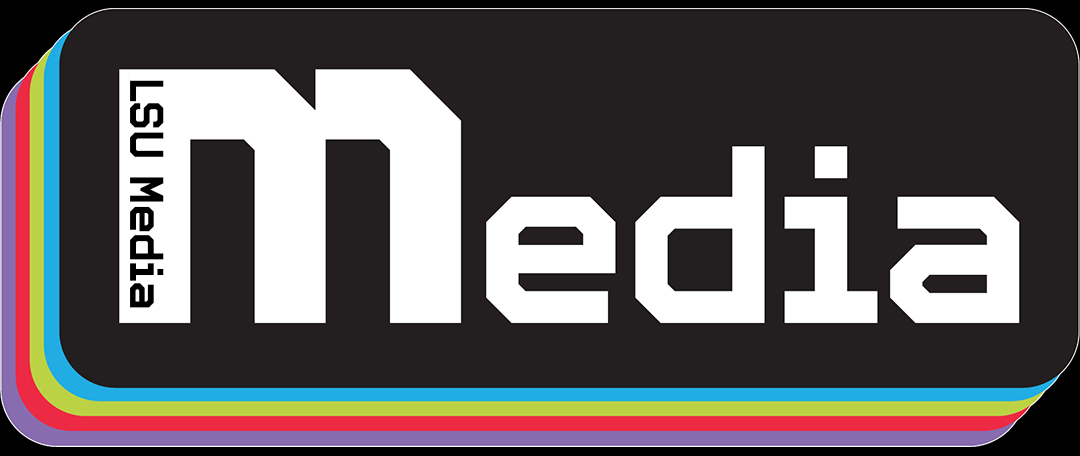What inspired you to do the London marathon?
“I love running and ever since running a half marathon, I have loved the feeling of challenging yourself and pushing yourself to the max. I also know others are less fortunate than me and those are the people who really inspired me to challenge myself and go through days and weeks of pain, which isn’t much for those who have gone through years of it.
That is why I wanted to raise money for and help others who are less well fortunate than me and for those people to be proud of me. I also wanted to do something where I could be extremely proud of myself and nothing and no one could take it away from me.”
What was hardest challenge you came up against pre, during and after?
Pre-marathon day
“My hardest challenge was when I got ITB friction syndrome on both legs. You can run a few miles and then all of a sudden, a stabbing pain travels all the way down to the lateral side of your knee cap. It then leads you to limp, as the excruciating pain does not go away, as other long distance runners would know.”
Marathon day
“Even though I have had amazing support through physio, stretches and strengthening every day, my injury hit me at mile 3 and worsened throughout the race. However, I kept going with mental mantras and my fitness. I got to the end with a sense of achievement combined with pain!”
After
“Afterwards, the hardest challenge is moving around, doing anything really! Especially when everything is extremely tight and sore.”
What was your highlight of the London Marathon?
“I would say is… initially getting to the start line after the journey of training, nutritional plans, support, fundraising and so on. However, the most meaningful highlight was the sign saying 200m to go and then running the straight down the road to Buckingham Palace and finishing! Also, getting amazing messages, calls of support and the hugs from the people who watched and mattered most to me was also a great highlight.”
What have you learnt from this experience?
“I have learnt a lot through preparing for a marathon. This has included the amount of stretching and strengthening exercises you must include in your training plan, from bridges and clams to calf raises twice a day. I also learnt about recovery, injury and a lot about nutrition and types of food which will benefit you most. As well as the amount you should consume, determined by your weight and training level. Overall, the third most important learning point was the mental drive you need and all the tactics you use, so you never give up through training and the race.”
Hannah Pearce

